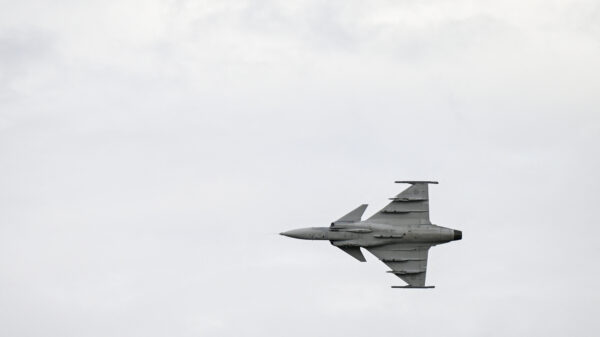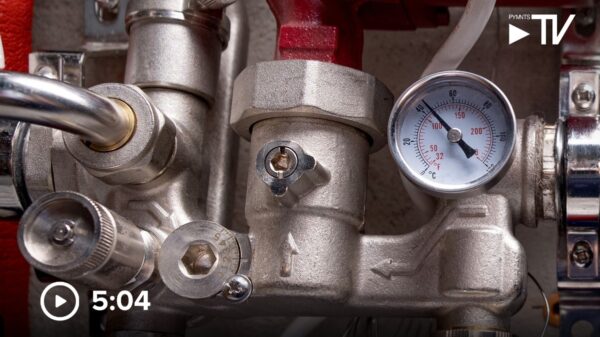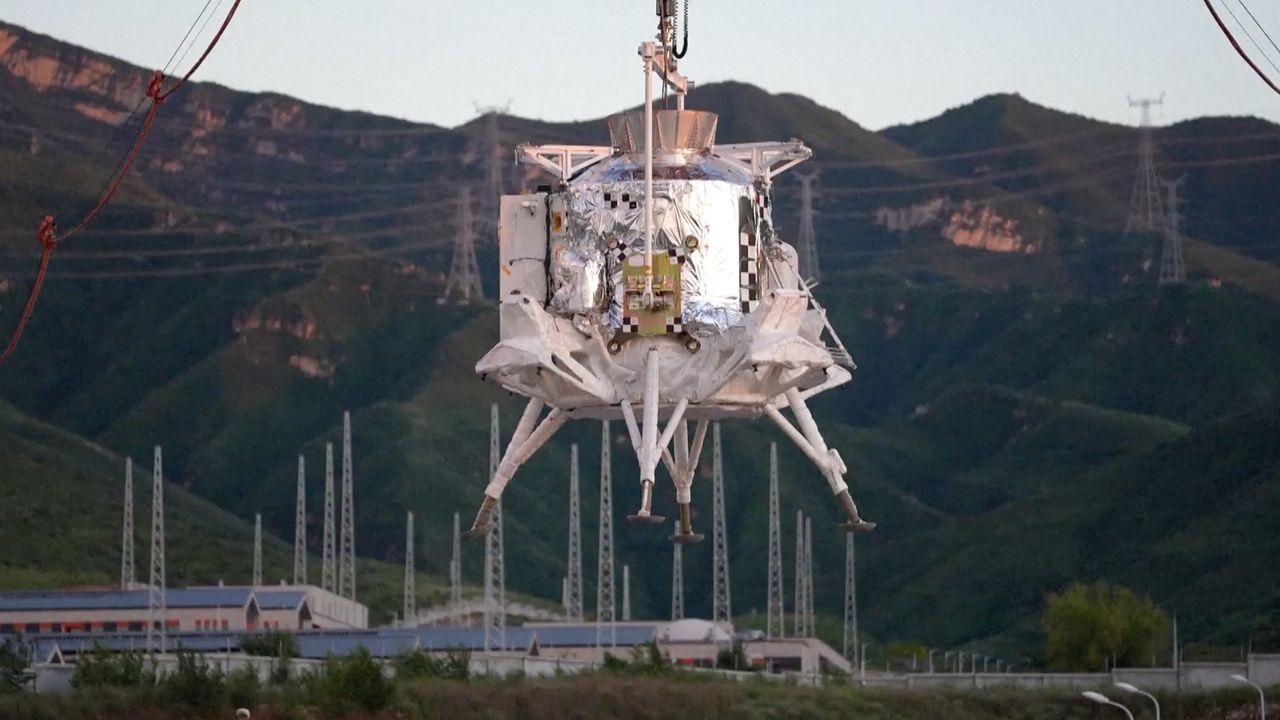China is making significant strides toward its goal of landing astronauts on the moon by 2030. This ambition was underscored by a successful ground test conducted on August 15, 2025, focusing on the first-stage propulsion system of the Long March 10 (CZ-10) rocket, which is central to the manned lunar mission.
The Long March 10 will not only serve as a launch vehicle for astronauts but is also set to support the Mengzhou crewed spacecraft and the uncrewed Tianzhou freighter. Both are vital for the ongoing development of China’s Tiangong space station orbiting Earth.
In the recent test, a shortened mockup of the CZ-10’s first stage was equipped with a cluster of seven YF-100K engines fueled by liquid oxygen and kerosene. The test occurred at the new launch pad at the Wenchang Satellite Launch Center in Hainan Province, where the engines fired for approximately 35 seconds, achieving a thrust level of nearly 1,000 tons, marking a record for China’s space initiatives.
According to Xu Hongping, an engineer with the China Aerospace Science and Technology Corporation (CASC), the Long March 10’s first stage and boosters are referred to as a universal core stage. This configuration consists of three identical core modules working in tandem. His colleague, Peng Yue, emphasized the importance of this propulsion system test, noting it evaluates the thermal and mechanical environments produced by the simultaneous operation of multiple engines. This step is crucial for ensuring system compatibility and reducing risks before the rocket’s inaugural flight.
Progress Toward Lunar Exploration
The static fire test of the Long March 10 follows a series of achievements related to China’s lunar exploration program this year. Notably, on June 17, a successful pad-abort test of the Mengzhou crewed spacecraft demonstrated its escape engine’s capability. The engine ignited and propelled the capsule-tower assembly upwards, with a successful separation of the return capsule at a predetermined altitude, marking the first zero-altitude escape test for a manned spacecraft in 27 years.
On August 6, China also conducted a simulated takeoff and landing of the new “Lanyue” lunar lander at the extraterrestrial landing test site in Zhangjiakou, Hebei Province. This location previously tested the Tianwen-1 Mars lander that successfully carried the Zhurong rover to Mars. The Lanyue lander is designed to transport two astronauts between lunar orbit and the moon’s surface, as well as to carry scientific payloads that will facilitate astronaut activities on the moon.
The August 6 test validated various systems within the lander, including lunar touchdown and takeoff capabilities, control plans, and the compatibility of subsystems involved in guidance, navigation, and propulsion. The China Manned Space Agency (CMSA) indicated that Lanyue will function as a “lunar life center,” supporting astronauts during their stay on the moon.
Innovations in Lunar Suit Technology
In addition to rocket advancements, the CMSA unveiled a new lunar spacesuit last September, designed to protect astronauts from the harsh lunar environment. The suit features protective materials against extreme temperatures and lunar dust, along with a multifunctional control panel and various cameras for documentation. Key design elements include flexible gloves, a panoramic glare-proof visor, and joints tailored for low-gravity movement, making it suitable for diverse activities on the lunar surface.
China’s ongoing efforts to establish a manned presence on the moon reflect its aspirations in space exploration and technology, with the 2030 goal representing a pivotal step in expanding its capabilities beyond Earth.






































































